Located in northwestern China, Gansu is a stunning destination that combines breathtaking landscapes with a rich cultural heritage. It's perfect for adventurers, history buffs, and anyone looking to explore a unique part of China.
Gansu is home to iconic sites like the Mogao Caves in Dunhuang, which boast incredible ancient Buddhist art, and the colorful Zhangye Danxia landforms, known for their stunning geological formations. Jiayuguan is another must-see, showcasing the westernmost point of the Great Wall!
Four Highly Recommended Destinations in Gansu:
Dunhuang - Known for the stunning Mogao Caves, Dunhuang is a cultural gem featuring ancient Buddhist art and mesmerizing desert landscapes.
Zhangye - Home to the incredible Zhangye Danxia landforms, this area boasts vibrant, multicolored rock formations perfect for unforgettable photos.
Jiayuguan - Explore the historic Jiayuguan Pass, a vital part of the Great Wall, offering insights into China's rich history and breathtaking views.
Lanzhou - As the capital of Gansu, Lanzhou is famous for its delicious beef noodles and serves as a fantastic base for exploring the region.
To help you navigate your journey, we've compiled over 50+ essential Gansu travel tips and FAQs to ensure a smooth experience. From the best times to visit to transportation options and local dishes you can't miss, we've got you covered.

"Excellent Tour, best experience"
"A unique experience despite a difficult context thanks
to an experience team of organisers"
1. What is the best time to visit Gansu?+
2. How long should I stay in Gansu?+
3. What are the must-see attractions in Gansu?+
4. What is the best way to get around Gansu?+
5. What is the local cuisine like in Gansu?+
6. What is the weather like in Gansu?+
7. What is the altitude of Gansu?+
8. What is the best way to pack for a Gansu tour?+
1. What is Dunhuang famous for?+
2. When is the best time to visit Dunhuang?+
3. How do I get to Dunhuang?+
4. What should I wear when visiting Dunhuang?+
5. How long should I spend in Dunhuang?+
6. Can I do desert activities in Dunhuang?+
7. What is the local cuisine like in Dunhuang?+
8. Are there guided tours available in Dunhuang?+
9. What other attractions are near Dunhuang?+
10. What cultural experiences can I enjoy in Dunhuang?+
11. Are there accommodations available in Dunhuang?+
1. What is the best time to visit Zhangye?+
2. How long should I spend in Zhangye, Gansu?+
3. What is the Zhangye Danxia Landform?+
4. What is the best way to get to Zhangye?+
5. What kind of food can I expect in Zhangye?+
6. Can I visit Zhangye as part of a Silk Road tour?+
7. What is the climate like in Zhangye?+
8. What are the must-see attractions in Zhangye?+
1. What is Jiayuguan known for?+
2. How can I get to Jiayuguan?+
3. What is the best time to visit Jiayuguan?+
4. How much time should I spend at Jiayuguan Pass?+
5. What are the must-see attractions in Jiayuguan?+
6. Can I walk on the Great Wall at Jiayuguan?+
7. Is Jiayuguan suitable for family travel?+
8. What are the accommodation options in Jiayuguan?+
9. What local cuisine should I try in Jiayuguan?+
10. Is Jiayuguan part of a Silk Road tour?+
1. Is Lanzhou suitable for family travel?+
2. What is the best time to visit Lanzhou?+
3. What are the must-see attractions in Lanzhou?+
4. How long should I spend in Lanzhou?+
5. What is the local cuisine like in Lanzhou?+
6. What is the best way to get to Lanzhou?+
7. Are there day trips from Lanzhou worth taking?+
8. How is the transportation system in Lanzhou? Any traffic jam?+
9. Are there any festivals or events in Lanzhou worth attending?+
10. What souvenirs can one buy in Lanzhou?+
11. Is Lanzhou part of a Silk Road tour?+
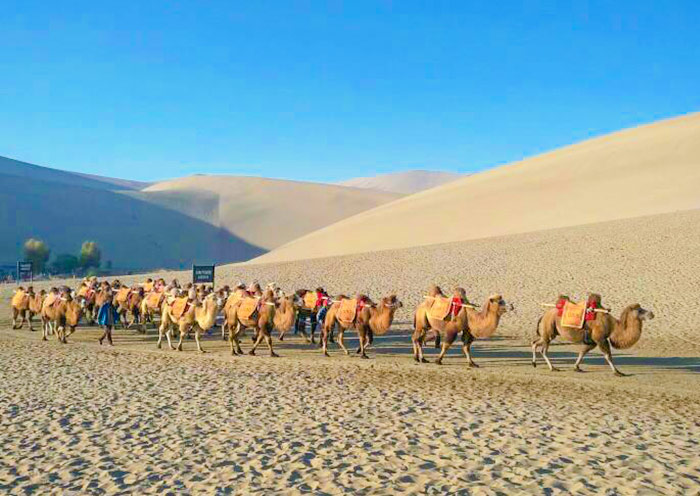
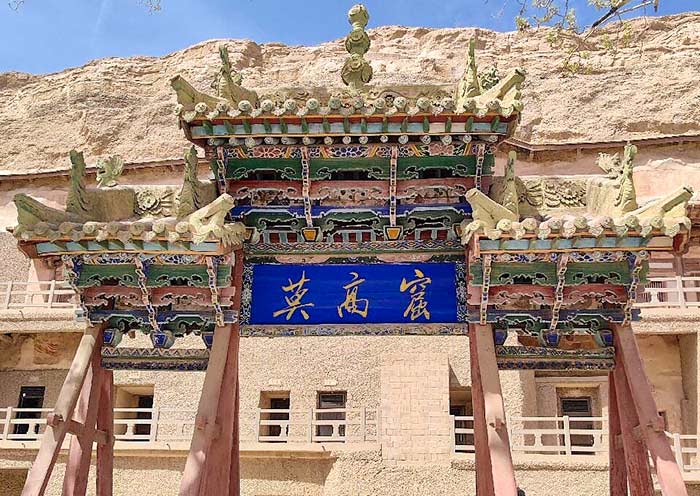
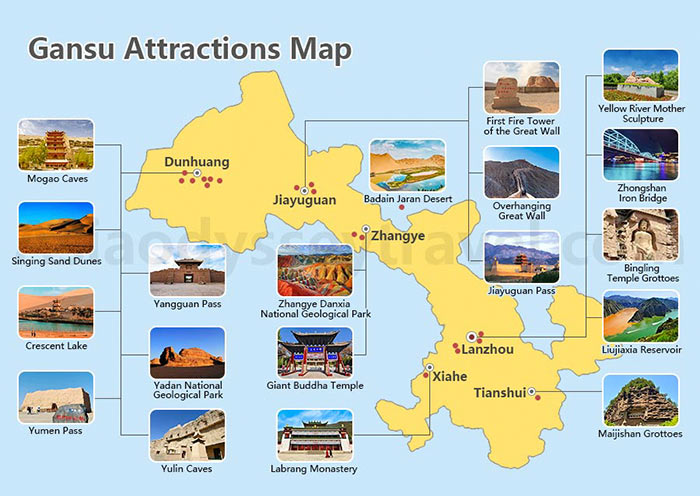
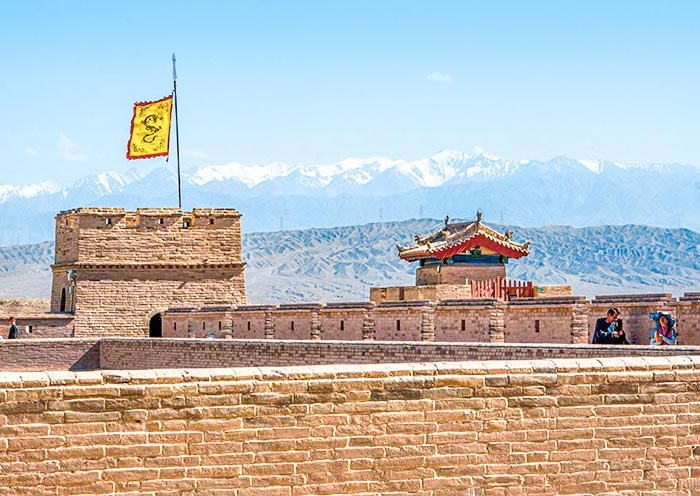
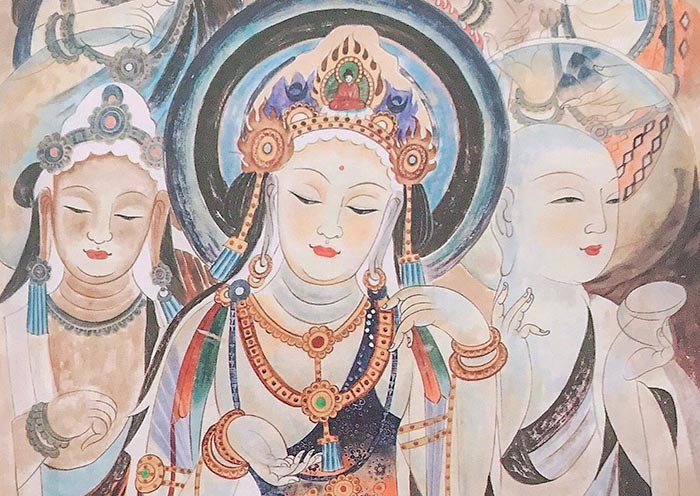

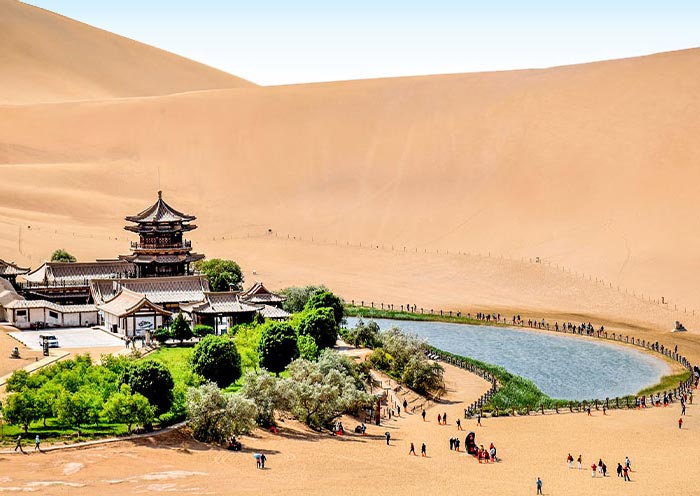
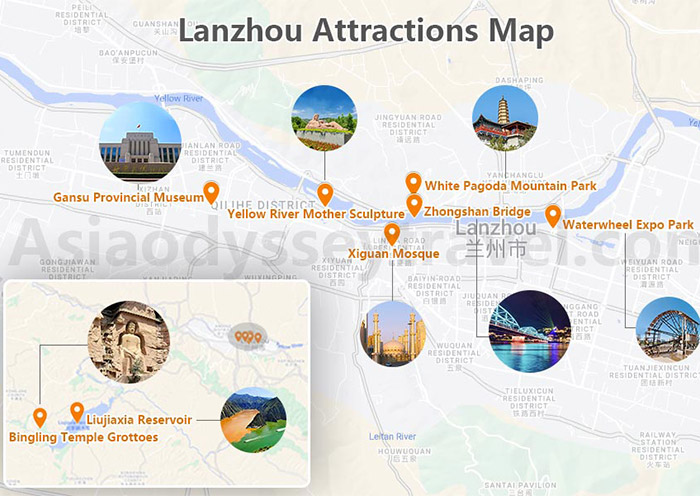
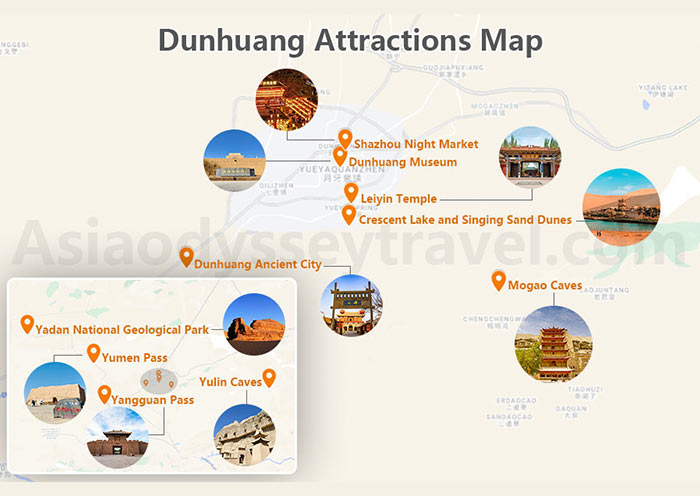

Create a tour based truly on your preferences, including all aspects of your travel in the destination